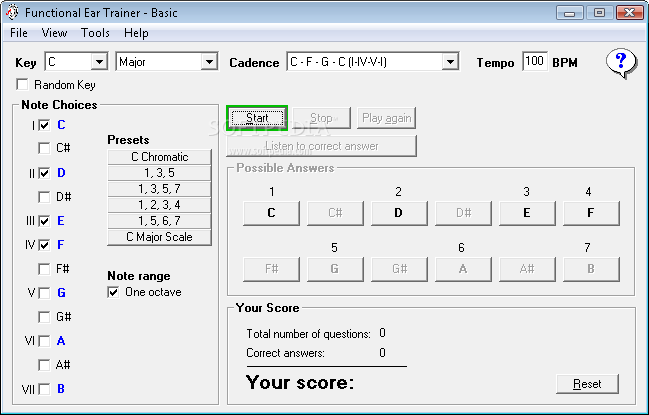

Putting the pentatonic scale exercise into a practical context is a simple melody using the pentatonic scale.Īdding in some jumps, we begin to hear better how the pitches work together in real music. Like the first exercise, sing this in a comfortable key and then move it up and down by half steps. This exercise is a scale going up and through the pentatonic scale, including “extension” above and below the standard 5. Pentatonic-based melodies make up much of our Western music, even in the modern-day.īeing able to hear these pitches and sing through and around them is the first big step to using solfege in more complicated songs.

Pentatonic ScaleĮvolving from Do Re Mi, we now include Sol and La to give us the whole pentatonic scale. I do at least twice per week, even after 20 years of singing. It all starts with these 3 simple notes, so don’t be afraid to spend some time on this one. The mi-re-do patterns are never overrated and a massively common pattern in most songs and pieces.įocus on singing on pitch and feeling how the notes move from one to another. Once you’ve sung through it in one key, move it up and down by half steps to gently stretch your vocal cords. This is a good part of a vocal warmup routine and a great solfege exercise for beginners. Do Re Mi Songįor this exercise, I start with some easy 3-note movements based on an Irish-Scottish lullaby. Note: If you’re looking for vocal warmups, click the link. The rhythms are more straightforward because I wanted to focus on hearing the pitches in challenging ways with these. These are pulled from real songs, mostly slow ones. I’ve included them in a sequential order moving from easiest to hardest. This section contains my favorite solfege exercises. Final Thoughts Top 8 Solfege Exercises For Musical Improvement.333 Elementary Exercises in Sight-Singing.Other Helpful Solfege Exercises Resources.Solfege Patterns For Ear Training Mastery.How Often Should You Do Solfege Practice?.

Top 8 Solfege Exercises For Musical Improvement.


 0 kommentar(er)
0 kommentar(er)
